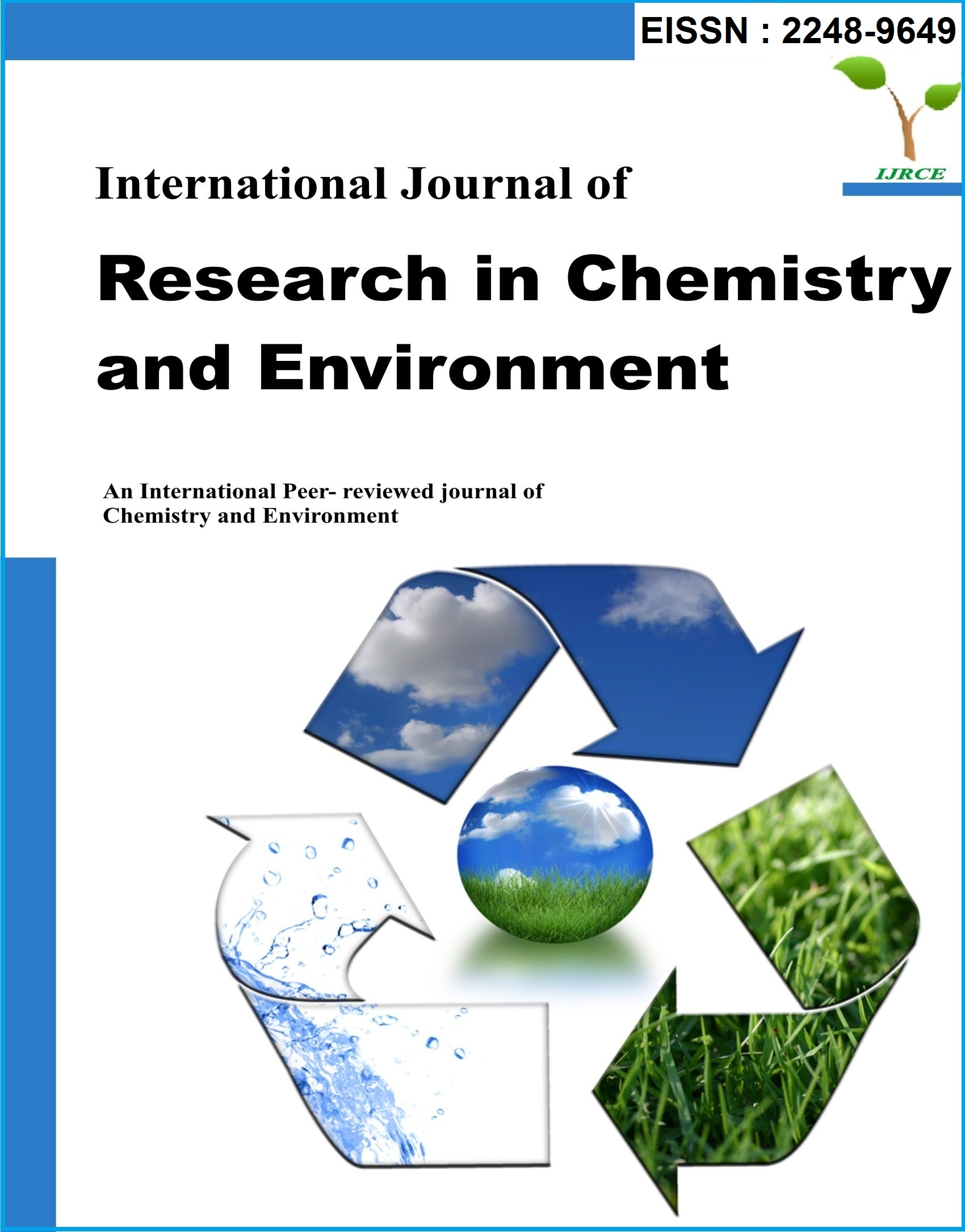Kinetic and Equilibrium Studies of the adsorption of Mercury(II) ions from Aqueous Solution using Kaolinite and Metakaolinite clays from Southern Cameroon
Keywords:
adsorption, kaolinite, metakaolinite, adsorption model, kinetic modelAbstract
The elimination of mercury from aqueous solution by kaolinite (Ka1) and metakaolinite
(Metaka1) by adsorption using batch mode was studied. The study highlighted several parameters, such
as the contact time, mass of the adsorbent, the pH of the solution, and the initial concentration of the
mercury ions. It was established that the elimination of mercury ions by the two clays depended on the
pH, the initial concentration of the sorbate and the mass of sorbent. Maximum adsorption took place at
pH=2.5 for the two adsorbents, and the extent of elimination on an adsorbent mass of 0.5 g was 45.18
and 71.65% for kaolinite and metakaolinite respectively. The sorbent/sorbate equilibrium was well
described by the Langmuir and the Dubinin-Radushkevich(D-R) adsorption models, while the kinetics
was described by the pseudo-second order model for kaolinite, and the pseudo-first order for
metakaolinite. The factor of separation of the Langmuir isotherm, RL was calculated to be 0.062 for Ka1
and 0.04 for Metaka1, indicating the adsorption to be favourable. Also, the average energies of
adsorption were found to be 1.46 and 1.57 KJ/mol respectively, inferring that physical adsorption
controlled the phenomenon of mercury adsorption.






